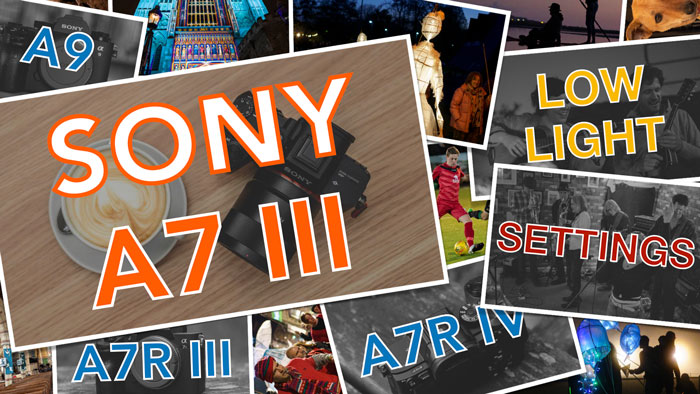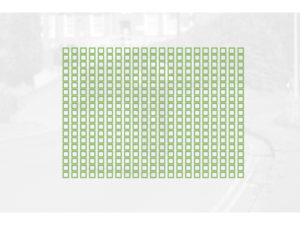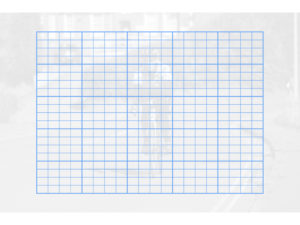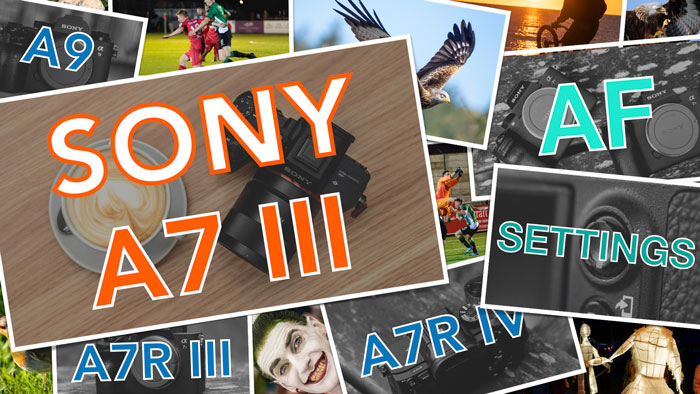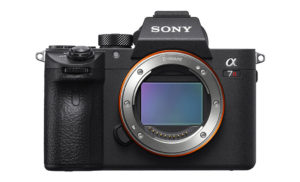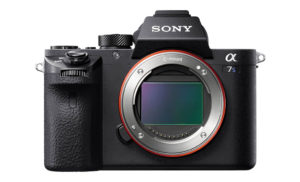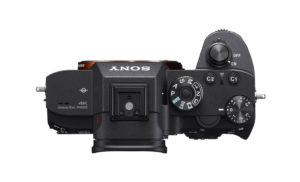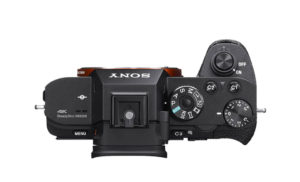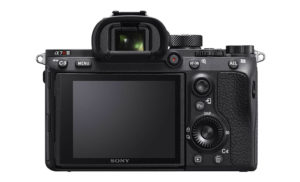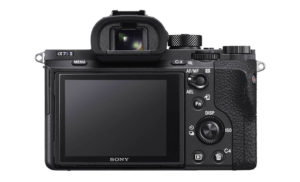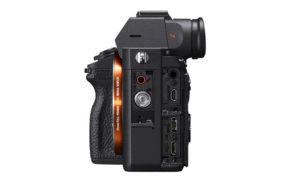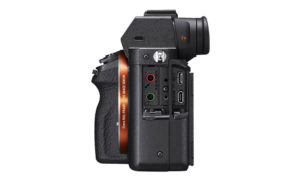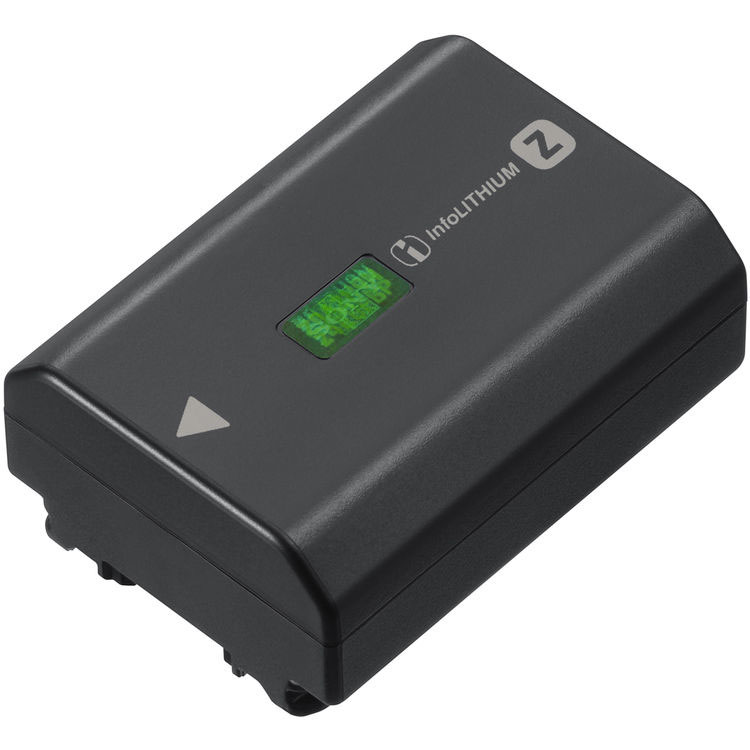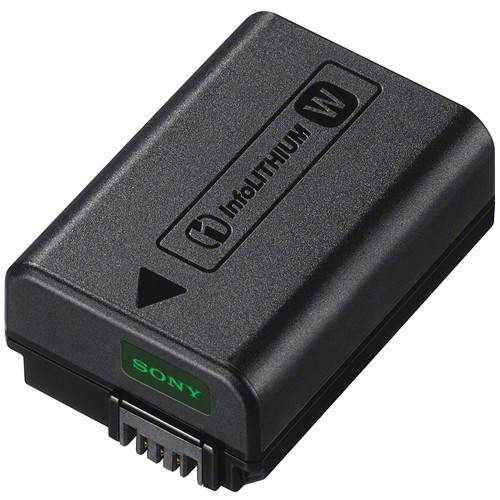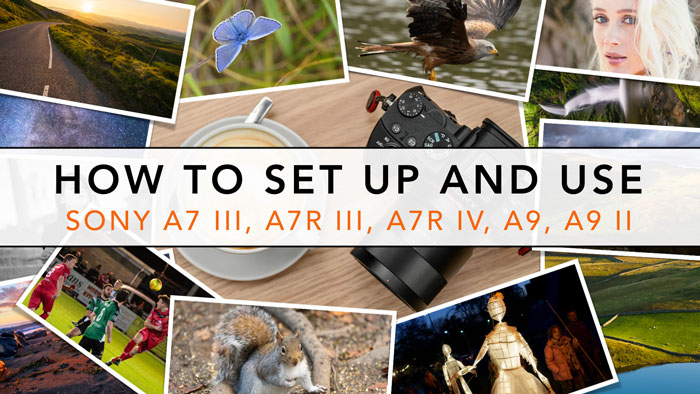The distinction between the A7r and A7s sub-series has always been easy to summarise: the former is designed for ultimate still photography quality while the latter targets video makers with its stunning low light capabilities. But Sony being Sony, it isn’t surprising to find professional video specifications on the A7r mark III as well, much like its predecessor and other products such as the a6300 and a6500 for example.
Two years ago, we compiled a complete comparison between the A7r II and A7s II models to help you decide which one to go for. In this article, we’re taking a quick look at how the brand new A7r mark III stands up to the current low light king while we wait to get our hands on the new full frame camera and hopefully update our findings.
Ethics statement: The information supplied in this article is based on official specifications and our experience with the Sony A7 series. We were not asked to write anything about these cameras, nor were we provided with any sort of compensation. Within the article, there are affiliate links. If you decided to buy something after clicking the link, we will receive a small commission. To know more about our ethics, you can visit our full disclosure page. Thank you!
1. Sensor tech and resolution
The two cameras use a full frame/35mm format Exmor CMOS sensor but the first important difference regards the technology they incorporate and the resolution.

The A7r III incorporates a chip with backside illumination technology which means that the photo sites are closer to the sensor’s surface and collect light more efficiently. There are no fewer than 42.4 megapixels (with no AA filter), allowing the camera to capture a superior level of sharpness and detail. Last but not least, Sony included a front end LSI element and an updated Bionz X image engine to increase the processing speed. The sensor of the A7s II, on the other hand, comes with just 12.2MP.
Concerning dynamic range, many expert websites and lab reviews state that the 42MP sensor has some advantages over the 12MP chip. In our full comparison between the A7s II and A7r II (whose sensor is very similar to the mark III model), we didn’t find any substantial differences. That being said, Sony claims 15 stops for the A7r III, which would be an increase over its predecessor, so the new camera may have a more relevant advantage. As usual, only a real side by side test can assess whether this is true or not.
Other interesting specifications include 14-bit output with compressed and uncompressed RAW options. If you switch to the electronic shutter, the A7s II drops to 12-bit. This only happens with the A7r III when shooting at 10fps.
2. ISO sensitivity
The A7s II and its 12.2MP may sound really low by today’s standards but there is a good reason for it: the sensor has primarily been designed for video shooting which allows the camera to have a superior ISO sensitivity range of 100-102400 with extended values of 50-409600. In other words, the camera is a true “low light beast” as you can see in the video below, and this advantage can come in handy for stills as well if the resolution is enough for your needs.
The A7r II doesn’t have a bad ISO range by any means but the native sensitivity stops at 32000. The extended values are the same (50-409600) but there is more noise because of the higher megapixel count.
3. Autofocus system
Here comes another important difference that sets the two cameras apart in terms of the photography genres they’re meant to be used for.
The A7r III has a hybrid system with 399 phase and 425 contrast detection points. The autofocus speed is faster and the camera includes improved Eye AF and Face detection. EyeAF in particular makes a difference here as it is able to use a single phase detection point to lock precisely onto the person’s eye. It’s a technology that has already proven successful on other phase detection cameras such as the A9 and the a6300/a6500.
The A7s mark II only uses contrast detection with 169 points, which mean it is not as fast as the A7r III for fast moving subjects and other situations with poor contrast. However the camera retains an advantage, at least on paper: the minimum sensitivity is -4Ev at f/2, which is one stop more sensitive than the A7r III.
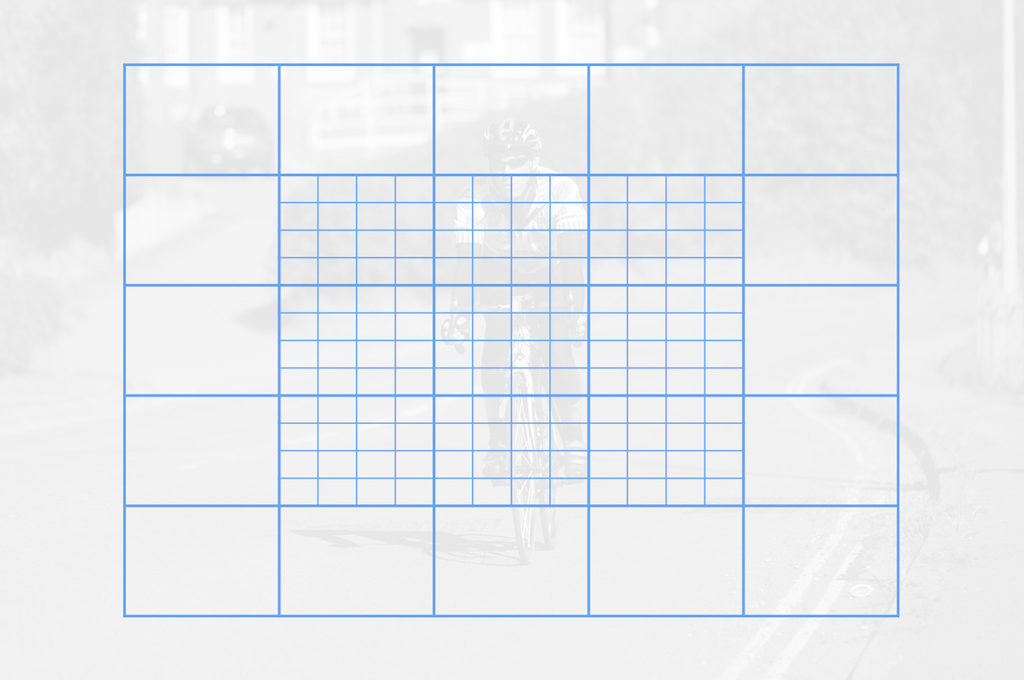
Another advantage of the phase detection points found on the A7r mark III is the full functionality with DSLR lenses and compatible adapters. The camera has some extra settings as well such as AF with magnification which is great for macro work.
4. Continuous shooting speeds
The A7r mark III can shoot at 10fps with continuous autofocus, auto exposure and flash. By comparison, the A7s II has a maximum speed of 5fps but if you want C-AF, it drops down to 2.5fps which is not enough for action shots.
The A7r III is a better sports/wildlife camera also because of the continuous live view (with blackouts) that is available up to 8fps. The function buttons, playback mode and menu system remain accessible while the images are being written to the SD card and despite the higher megapixel count, the buffer capabilities are equal if not better with 76 JPGs and 28 Uncompressed RAW files. The A7s II by comparison manages 64 JPGs and 31 RAW files.
5. Sensor shift technology
The two full frame cameras take advantage of in-body stabilisation that works on 5 axes. The A7r mark III has a more advanced hardware that allows for two things.
First it can compensate up to 5.5 stops while the A7s II is one stop less effective at 4.5Ev. To give you an idea in real world shooting situation, I once managed a sharp shot at 1.6s hand held with the 55mm and the A7s II, but the keeper rate increased dramatically if I stayed above 1/2s.
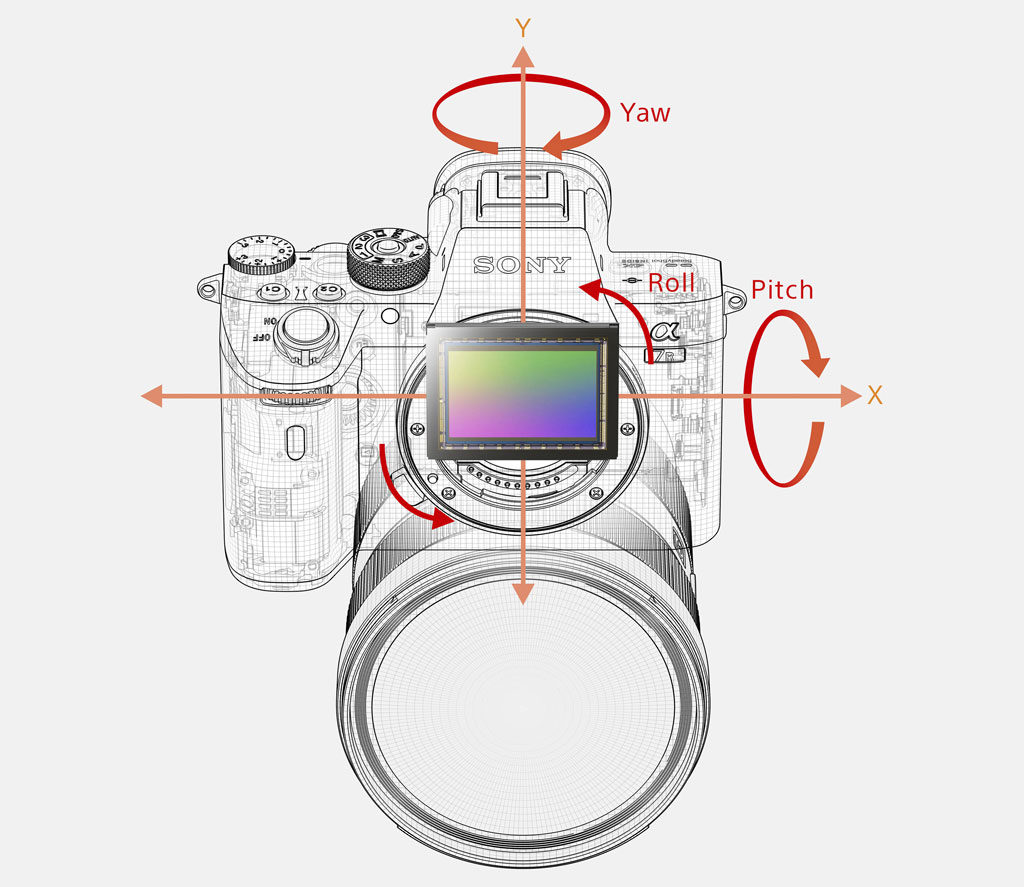
Second the new camera has a new feature called Pixel Shift Multi Shooting: it record four images and re-positions the sensor by one pixel between each shot. This process allows the camera to save more colour information because each point is captured by at least one red, blue and green pixel. This should ensure better colour fidelity and more sharpness perception as a result.
The only catch is that you need a desktop software to make the composite (Sony imaging software suite) and it works best on a tripod with non-moving subjects.
6. Video format
Both cameras are capable of recording 4K video up to 30p, using the proprietary XAVC S codec that works at 100Mbps. They can record with full pixel readout and no pixel binning, which means that all the pixels are used and then downsampled to meet the 4K resolution. This ensures more details, as well as no aliasing or moiré. However this process is carried out differently on the two E-mount models.
The A7r III gives you the option to choose between full frame mode (the entire sensor is used) and Super35/APS-C mode. The latter crops the sensor by approximately 1.5x which alters the field of view of your lens but gives you better quality (full pixel readout) and the difference is especially visible at high ISOs. Sony claims that the performance at mid and high sensitivities has been improved in full frame mode on the mark III model but don’t expect the same clean image as when shot in Super35.
The A7s II on the other hand is designed to work best in full frame mode when recording 4K and the Super35 mode is only available in 1080p.
7. Slow motion and other video settings
Because both cameras have been designed with professional filmmakers in mind, they include tons of settings such as dedicated picture profiles, Log curves (S-Log2 and S-Log3) and other video related tools. The A7r III, being the latest model, benefits from a few extras like the new HLG (Hybrid Log-Gamma) profile and a XAVC-S Proxy option.
Another interesting difference is found when recording slow motion in 1080p. The maximum frame rate available is 120fps (100fps in PAL mode) but the A7s II performs a heavy 2.2x crop unlike the A7r III. Furthermore, the mark III includes the Q&S (Quick & Slow motion) mode where you can select between 1fps and 120fps for slow or fast motion clips.
8. Viewfinder and touch sensitive monitor
The A7r III inherits the same EVF as the flagship A9 with a 3.69 million dots OLED panel, 0.78x magnification, 23mm eyepoint and a maximum refresh rate of 100fps/120fps.
The A7s II viewfinder has less resolution with 2.36M dots and no high frame rate, but the other specifications remain the same.
Another difference is the rear LCD screen that is touch sensitive on the A7r III, allowing you to move the focus point while taking a shot or recording a video. You can also use it while composing with the electronic viewfinder.
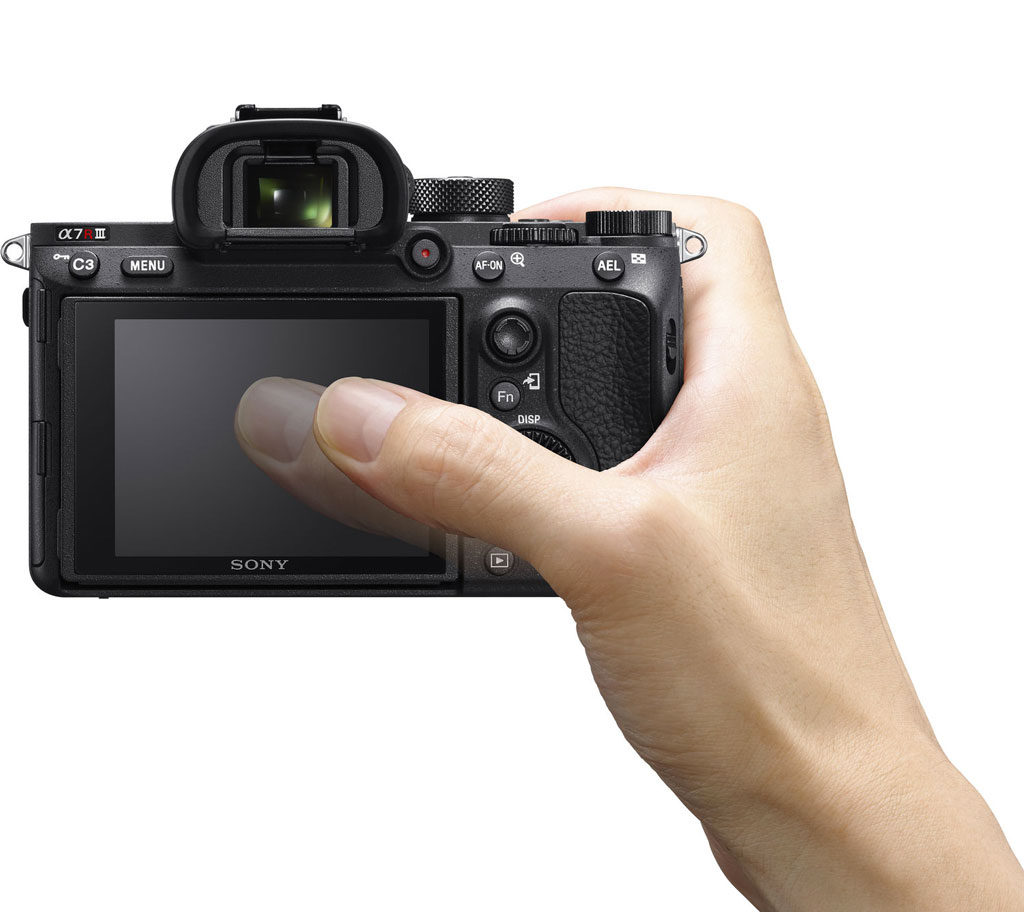
9. Design tidbits
Since the launch of the second generation of A7 models, all the full frame E-mount cameras look very much alike. There are however a few differences worth noting on the mark III which – just like the A9 – benefits from upgrades thanks to Sony’s increased experience and feedback from customers.
First we find a dual SD card slot which will make many professional photographers very happy indeed. One of these slots is compatible with UHS-II cards.
Then we find a handy AF joystick, a relocated movie recording button that should prove much more comfortable than the one on the A7s II, more customisation options and a more well-organised menu system.
Concerning the connection options, the mark III has USB 3 Type C and a flash sync port. Both include a mic input and headphone output as well as a clean 4:2:2 HDMI output. WiFi and NFC are available but the A7r III adds Bluetooth to save the location GPS data (via your mobile device).
10. Larger battery
Last but not least, the A7r mark III uses the new battery introduced with the Sony A9 (NP-FZ100): it gives you more power for stills and video and should almost double the endurance in comparison to the A7s II.
The different battery type also means that the A7r III uses a different battery grip if you want to prolong the battery life.
Conclusion
I don’t think my conclusion from our A7r II vs A7s II comparison will change much once I test the A7r mark III. My impression is that the latter is a better all-rounder, capable of delivering the ultimate image quality and great 4K footage. The updated AF system, 5-axis stabilisation stabilisation and body design should make the camera even better – perhaps even close to perfection, although this is often a matter of personal opinion.
The A7s II remains a stunning tool for filming especially because of its low light capabilities which allow you to work in difficult conditions and at high ISOs without too much noise. If you are interested in video more than anything else, then it definitely feels like the better choice, and if 12MP are sufficient for your needs, it can also work as an excellent companion for stills if you often work in poor light situations.
Also worth mentioning is the difference in price: the A7s II can be found at $2400 while the A7r III is more expensive at $3200.
Check the price of the Sony A7R III on:
Amazon | Amazon UK | B&H Photo | eBay
Check price of the Sony A7s II on
Amazon | Amazon UK | B&H Photo | eBay
You may also enjoy reading:
- The 10 Main Differences Between the Sony A7r III vs A7r II
- The 10 Main Differences Between the Sony A7r III vs A9

